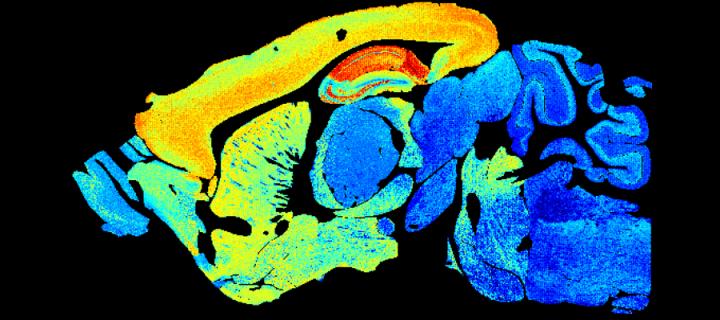Clues to ageing come to light in vivid snapshots of brain cell links
Jun 2020: Many congratulations to Prof Seth Grant and colleagues who have published a mouse brain synapse atlas, from birth to old age, in the journal 'Science'.
Prof Grant and his group colour-coded the molecules in the five billion synapses of the mouse brain, to highlight how the number and molecular makeup of synapses shifts with age in different parts of the brain. This happens at three main phases – childhood, middle and elderly age.

Synapse type shifts with age in patterns unique to areas of the brain, blossoming into a diverse array in midlife. Images from middle-aged brains burst with colour, illustrating a wide variety of synapses. Both very young and very old brain show fewer synapses and less complexity.
These changes give insights into why genes cause synapse damage at set ages and in set brain areas. The findings could shed light on why we are more likely to develop brain conditions at certain ages, helping to explain why schizophrenia often starts in adolescence, or why dementia affects older adults.
The brain is the most complex thing we know of and understanding it at this level of detail is a momentous step forward. We believe that these findings will be instrumental to helping understand why the brain is susceptible to disease at different times of life and how the brain changes as we age.
The study was funded by Wellcome and the European Research Council.
Related links
Read the paper in Science: A brain-wide atlas of synapses across the mouse lifespan by Cizeron et al. DOI: 10.1126/science.aba3163
Professor Seth Grant's profile
Synaptic biology & disease research in the Centre for Clinical Brain Sciences


